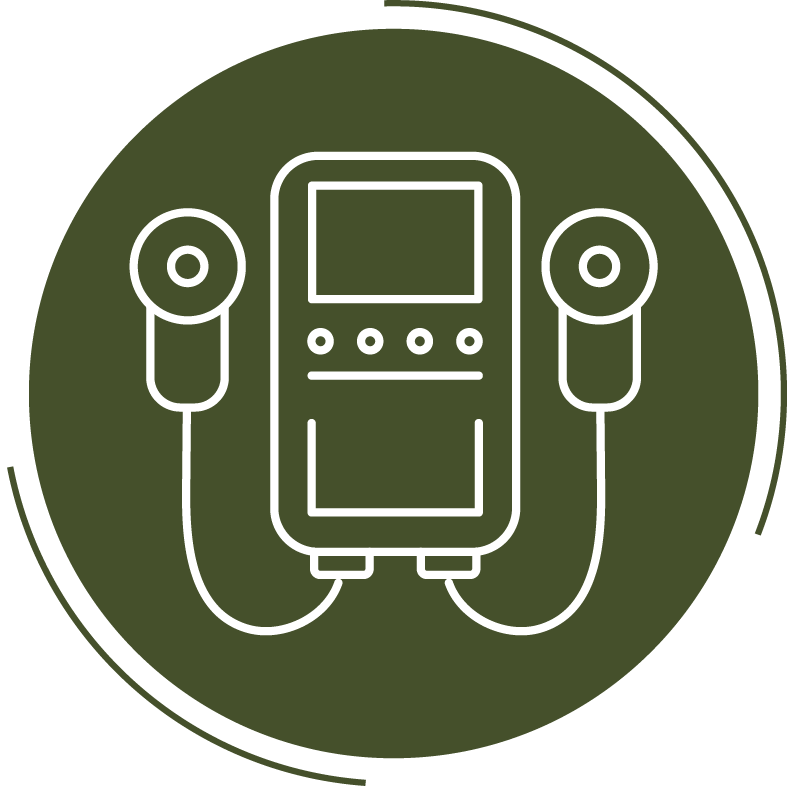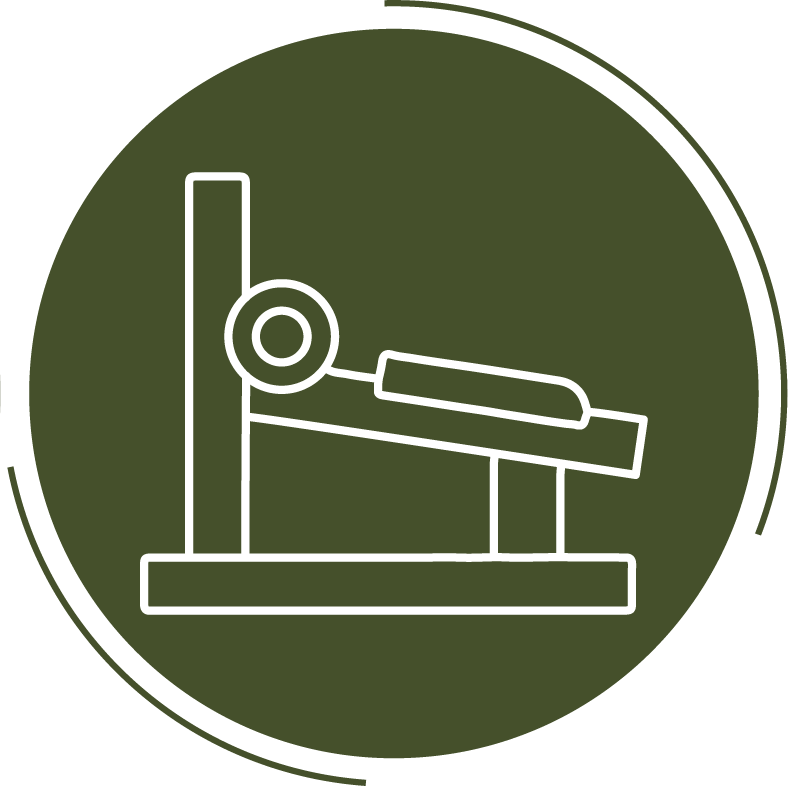Prostate Treatment
The prostate is located just below the bladder and plays a vital role in producing prostatic fluid, which supports sperm motility. As men age, hormonal changes and lifestyle factors may contribute to various prostate-related conditions. Below is an overview of common prostate disorders, their affected populations, and available treatment options:
| Condition | Prostatitis | Benign Prostatic Hyperplasia (BPH) | Prostate Cancer |
|---|---|---|---|
| Common Demographics | - More common in men aged 20 to 50 | -Primarily affects men over 50 -Higher risk in individuals with family history, diabetes, heart disease, or obesity | -Primarily affects men over 50 -Higher risk in individuals with family history, diabetes, or obesity |
| Key Symptoms | -Pelvic or lower abdominal pain -Frequent or urgent urination -Burning sensation during urination -Weak urine flow -Pain during ejaculation -Sexual dysfunction | -Frequent urination, especially at night -Weak or intermittent urine stream -Difficulty initiating urination, sensation of incomplete emptying -Urinary retention or blood in urine for severe cases | -Often asymptomatic in early stages -As the condition progresses, symptoms may include difficulty urinating, a weakened urine stream, blood in the urine or semen, bone pain, unexplained weight loss, and fever. |
| Treatment Options | -Medication -Shockwave Therapy | -Medication -Shockwave therapy (to relieve BPH-related symptoms) -Minimally invasive surgery | -Prostatectomy (surgical removal) -Radiation therapy |
Medical Shockwave Therapy for Prostate Health
The latest generation of medical shockwave therapy is an internationally recognized, non-invasive treatment that effectively relieves pain, promotes vascular regeneration, reduces inflammation, and improves the function of damaged tissues. It is a safe and widely accepted therapeutic option for prostate-related conditions.
Conditions Treated:
(1) Prostatitis
Shockwave therapy can help alleviate pelvic pain and improve urinary symptoms such as frequent urination, urgency, poor urine flow, and urinary retention. It may also improve sleep quality and overall quality of life.
(2) Benign Prostatic Hyperplasia (BPH)
This treatment is suitable for patients with BPH who do not respond well to medications or are not candidates for surgery. It effectively reduces discomfort associated with prostate enlargement, such as difficulty urinating, weak urine stream, frequent urination, painful urination, and pelvic pain.
想了解自己是否有良性前列腺增生/前列線(BPH)肥大問題?可以進行以下國際前列線症狀測試(IPSS)。此問卷可幫助您快速評估前列腺相關的排尿症狀,總分僅計算前 7 題(第 8 題為生活質素單獨評分)。
| International Prostate Symptom Score(IPSS) (IPSS) |
||||||
|---|---|---|---|---|---|---|
| Question | Not at all | Less than 1 in 5 times | Less than half the time | About half the time | More than half the time | Almost every time |
| 1.Incomplete Emptying: Over the past month, how often have you had the sensation of not emptying your bladder completely after urination? | 0 Mark | 1 Mark | 2 Mark | 3 Mark | 4 Mark | 5 Mark |
| 2.Frequency: Over the past month, how often have you needed to urinate again less than two hours after finishing urination? | 0 Mark | 1 Mark | 2 Mark | 3 Mark | 4 Mark | 5 Mark |
| 3.Intermittency: Over the past month, how often have you found your urine stream to stop and start again during urination? | 0 Mark | 1 Mark | 2 Mark | 3 Mark | 4 Mark | 5 Mark |
| 4. Urgency: Over the past month, how often have you found it difficult to postpone urination? | 0 Mark | 1 Mark | 2 Mark | 3 Mark | 4 Mark | 5 Mark |
| 5. Weak Stream: Over the past month, how often have you had a weak urinary stream? | 0 Mark | 1 Mark | 2 Mark | 3 Mark | 4 Mark | 5 Mark |
| 6. Straining: Over the past month, how often have you had to push or strain to begin urination? | 0 Mark | 1 Mark | 2 Mark | 3 Mark | 4 Mark | 5 Mark |
| 0 time | 1 time | 2 times | 3 times | 4 times | 5 times or more | |
| 7. Nighttime Urination: Over the past month, how many times did you typically get up to urinate from the time you went to bed until you woke up in the morning? | 0 Mark | 1 Mark | 2 Mark | 3 Mark | 4 Mark | 5 Mark |
| Scoring Results (Total Score from Questions 1–7) | ||
|---|---|---|
| Score | Assessment | Recommendation |
| 0-7 Mark | Mild Symptoms | Monitor your condition. Seek treatment if symptoms worsen |
| 8-19 Mark | Moderate Symptoms | Treatment is recommended |
| 20-35 Mark | Severe Symptoms | Immediate medical attention and treatment are strongly advised |
| Quality of Life Assessment | |||||||
|---|---|---|---|---|---|---|---|
| Question | Very Satisfied | Satisfied | Mostly Satisfied | Neutral | Somewhat Dissatisfied | Dissastified | Very Dissatisfied |
| If your urinary condition remains the same for the rest of your life, how would you feel about it? | 0 Mark | 1 Mark | 2 Mark | 3 Mark | 4 Mark | 5 Mark | 6 Mark |
The International Prostate Symptom Score (IPSS) helps you quickly understand the severity of benign prostatic hyperplasia (BPH). In addition, the Quality of Life Assessment allows you to evaluate how much your current symptoms may be affecting your daily life. Even if your BPH symptoms are mild, a quality of life score of 4 or above suggests that you should consider seeking treatment early.
Book NowTreatment Features

Administered by Male Therapist

Pain-free, without Side Effects

No prolonged medication required
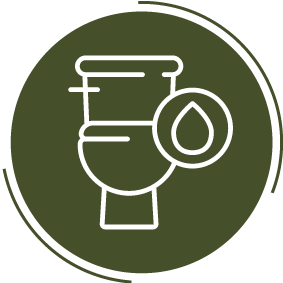
Reduce urinary
frequency & difficulty

Over 80% User Satisfaction*

Long-lasting Effects
前列腺治療步驟
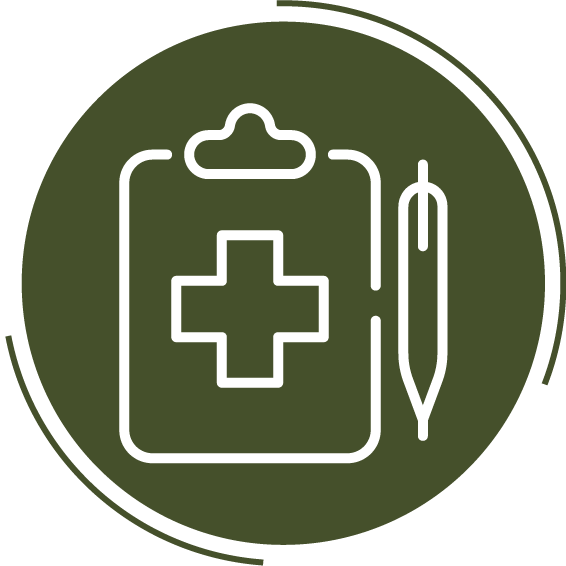
Step 1
Initial Assessment & Professional Diagnosis
A one-on-one consultation is conducted by a trained therapist, including a detailed medical interview and physical evaluation. Based on the findings, the therapist will determine whether shockwave therapy is suitable for your condition. This therapy is primarily recommended for patients with prostatitis. If you have benign prostatic hyperplasia (BPH), please consult your physician first to determine suitability.

Step 2
Personalized Treatment Plan
A tailored shockwave therapy plan is created based on the severity of your symptoms, medical history, and overall health condition. Most patients see noticeable improvement within 6–8 weeks, although results may vary depending on individual response.
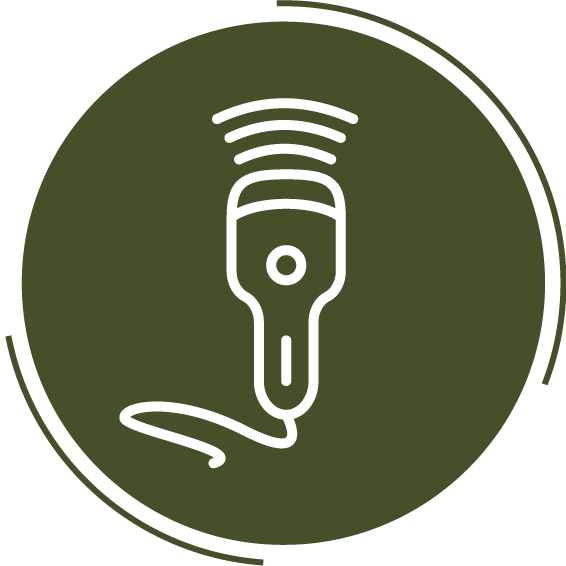
Step 3
Shockwave Therapy Session
A specialized gel is applied to the perineal or targeted area, followed by the use of a focused shockwave probe to deliver sound waves deep into the prostate tissue. These waves help enhance blood circulation and reduce inflammation in the affected area.

Step 4
Post-Treatment Follow-Up & Care
There is no recovery time required after each session — patients can resume normal activities immediately. Therapists will also provide lifestyle guidance, including dietary adjustments and daily routines, to further enhance treatment results.
Prostate Shockwave Therapy Frequently Asked Questions FAQ
1. Is shockwave therapy safe?
Yes. Shockwave therapy is a non-invasive procedure that requires no anesthesia or surgery, and involves no recovery time. It is widely adopted and clinically recognized as a safe and effective treatment for various urological conditions.
2. What’s the difference between focused shockwave and radial shockwave?
Radial shockwave therapy mainly targets superficial tissue and is commonly used for muscle or fascia-related issues. Focused shockwave, however, delivers energy precisely into deeper tissue layers, making it more suitable for treating prostate-related symptoms.
3. Who is suitable for focused shockwave therapy?
- Focused shockwave therapy is recommended for:
- Individuals suffering from persistent urinary symptoms such as frequent urination, urgency, urinary retention, or weak urine stream
- Patients diagnosed with prostatitis or chronic pelvic pain syndrome
- Patients with benign prostatic hyperplasia (BPH) who are unresponsive to medication or wish to avoid surgery (Doctor consultation is recommended before starting treatment)
- Note: Those with bleeding disorders, implanted pacemakers, or taking anticoagulant medications should consult a physician before undergoing shockwave therapy.
4. How many sessions are required before improvement is seen?
Most patients observe significant improvement, such as smoother urination, fewer nighttime urination episodes, or reduced pelvic discomfort within 6 to 8 weeks. However, results may vary depending on individual health and condition severity.
5. Is there a risk of recurrence after the treatment?
With proper post-treatment care and healthy lifestyle changes, such as staying hydrated, exercising regularly, and avoiding prolonged sitting, most patients can sustain the positive effects of the treatment in the long run.




